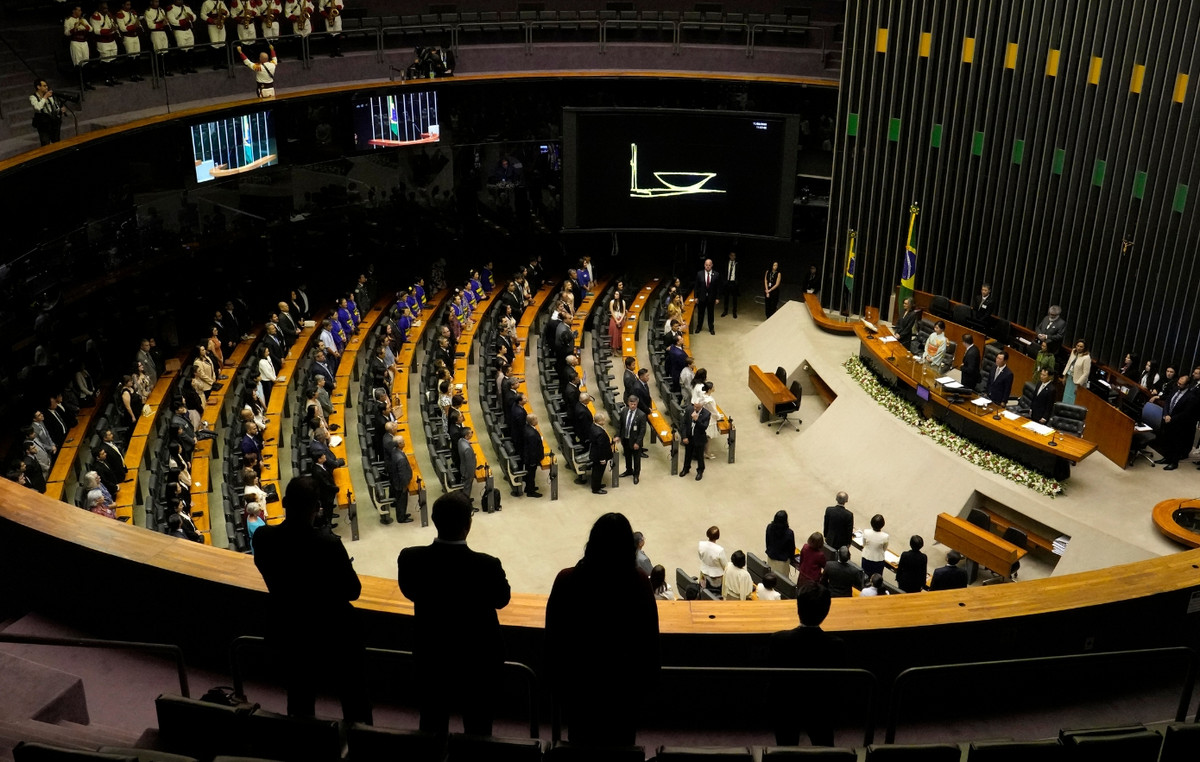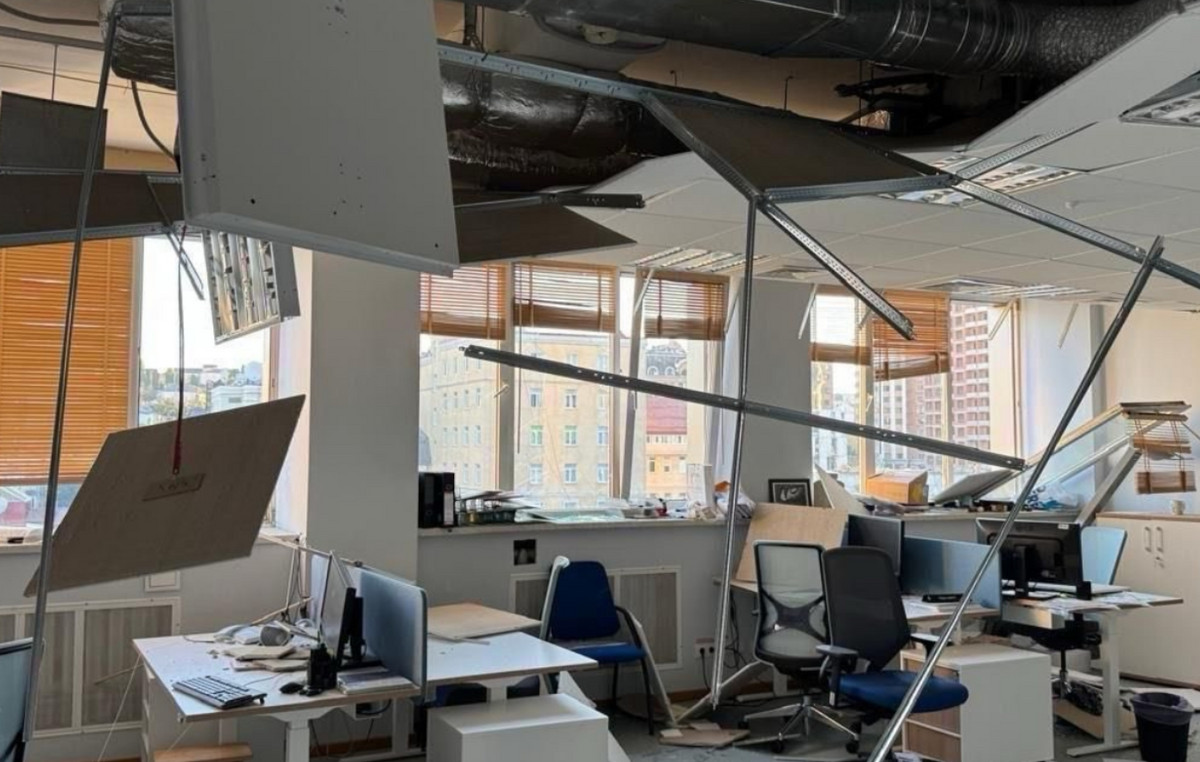When a dive centre in a flooded quarry near Bristol, UK, suddenly closed in early 2022, many recreational divers were left puzzled.
Nearly two years later, they got some answers. DEEP, a UK-based ocean technology company that bought the dive site as a research center and corporate campus, revealed in September last year their mission to “make humans aquatic.”
The basis of your plan is a underwater habitat called the Sentinel system which will allow people to live and work at a depth of 200 meters for up to a month.
The Sentinel system is made up of interconnected modules and can be used for purposes ranging from collecting data on ocean chemistry to excavating historic shipwrecks. The scalable habitat can be configured into different formats, making it as suitable for a six-person mission as it is for a 50-person research station, according to DEEP.
The company hopes its habitats could catalyze a permanent underwater human presence, much like an International Space Station — which has allowed humans to live and work in space since 2000 — for the ocean.
Last week, DEEP announced a precursor to Sentinel, a smaller underwater habitat that the company will use to develop systems for Sentinel but which will also be released as a separate product.
Vanguard, a 12-meter by 7.5-meter habitat with enough space for three people to stay underwater for up to a week, will be ready to enter the water at DEEP’s UK campus in early 2025.

The pilot habitat could have important uses when rapid mobilization is needed, such as the search mission that took place in August for survivors of a yacht that sank off Sicily, Sean Wolpert, president of DEEP, told CNN .
With the ship sinking at a depth of 165 feet (50 meters), divers were only able to stay underwater for about 12 minutes before resurfacing. An underwater habitat placed on the seabed near the wreck could have served as a base for the divers, Wolpert said.
Today, there is only one operational underwater research laboratory in the world, run by Florida International University, which is used by everyone from researchers studying corals to NASA astronauts undergoing training in extreme environments.
If all goes according to plan, Sentinel will be ready to launch in 2027, and Wolpert hopes to see it deployed in locations around the world. But DEEP acknowledges that it will take a major effort to achieve its ambitious goals.
“Why hasn’t this been done before the way we’re trying to do it?” Wolpert asked. “Because it’s so hard. So we’ve been working tirelessly.”
“A catalyst for new careers”
The Sentinel modules will be 3D printed by a group of six robots, using steel reinforced with a nickel-based superalloy called Inconel, which can withstand extreme conditions and has been used in components of the Space Shuttle and SpaceX rockets.
Depending on the pressure at which it is operating, the Sentinel system can be accessed by submarine, which is locked into the habitat, or divers can enter through an opening called a “moon pool” at the bottom.

A support buoy on the surface will be equipped with a Starlink interface for connectivity, and the habitat will be powered by renewable sources such as wind turbines and solar panels on the surface.
The company doesn’t have revenue yet, but it’s in advanced discussions with organizations and governments around the world, said Wolpert, a former hedge fund manager. Customers can rent, buy or just share space in a habitat, depending on their needs.
The habitats, he added, could act as a catalyst for new ocean-related careers and new investments, “much like what the International Space Station did in terms of making space attractive again.”
Other uses could include monitoring and repair of critical underwater infrastructure, tourism, space training, coral restoration, naval diving training, and medical research. Once the work is complete, the habitat could be rebuilt in a new location.
DEEP’s work comes at a time of growing interest in harnessing the ocean’s resources – from offshore wind energy to deep-sea minerals.
But habitats can also allow marine biologists to gain an understanding of the ocean that would not be possible during shorter visits, through diving or using submersible vessels.
Bill Dennison, a professor of marine science at the University of Maryland Center for Environmental Science, spent time studying seagrass aboard the Hydrolab, a former underwater research habitat active until 1985 in the U.S. Virgin Islands.
“I learned more about the ocean in that week of my life than I have in all the other thousands of dives I’ve done,” he said. “You just get a sense of the flow of life under the sea.”
Still, he understands why there aren’t more underwater habitats. “They’re dangerous and expensive,” Dennison said. “You need a lot of good, up-to-date equipment, and you need qualified, up-to-date personnel.”
What gives DEEP a competitive edge, according to Wolpert, is the support of its founder, whom he won’t name, other than to say he’s an “American tech entrepreneur… who likes to keep a pretty low profile” and wanted to increase understanding of the oceans and their critical role for humanity.
Dennison, of the University of Maryland, said the Hydrolab was damp, cramped, had no indoor plumbing and had only three beds for four occupants.
In contrast, the Sentinel will feature soundproof bunk beds and a communal lounge for eating and socializing. “It won’t be a Four Seasons suite, but when you leave, you’ll want to come back,” Wolpert said.
It may sound like a science fiction fantasy, but some are impressed with the company’s progress. “They’re putting together a really good group of people. This seems like a very informed venture,” Craig McLean, a former assistant administrator for research at the U.S. National Oceanic and Atmospheric Administration (NOAA) who is not involved in DEEP’s work, told Reuters. CNN .
The beginning of a new wave
Public interest in underwater habitats was first sparked by renowned French oceanographer Jacques Cousteau, who in the 1960s attempted to determine whether “oceanauts” could live and work in the water. His missions to build “underwater villages” — dubbed Conshelf I, II and III — captured media attention amid the space race.
A number of other underwater habitats emerged later, but public interest in the oceans subsequently waned, said McLean, the former NOAA official.
NOAA operated Hydrolab, its first underwater laboratory, from 1970 to 1985. It deployed another, Aquarius, in 1988 in St. Croix, also in the U.S. Virgin Islands. The habitat, which is slightly larger than a school bus, has six bunk beds and is equipped with a microwave, toilet, refrigerator, shower and Internet access.
Today, it is located in the Florida Keys National Marine Sanctuary, where it remains the world’s only operational underwater laboratory dedicated to research.
But it wasn’t all smooth sailing. McLean had to make the difficult decision to transfer Aquarius operations from NOAA to Miami-based Florida International University, which took over operations in 2013. “Unfortunately, that’s what I had to do based on the finances available,” McLean said. “Society’s investment in the ocean was underfunded.”
More recently, wealthy individuals have been pouring their resources into ocean exploration. OceanX, backed by hedge fund founder Ray Dalio, has brought underwater missions into living rooms through its media arm. Financier Victor Vescovo, the first human to travel to the deepest points in all five of Earth’s oceans, has also filmed his missions for television.
Initiatives like DEEP and Proteus — an underwater observatory and research station announced in 2020 by the ocean technology company founded by Fabien Cousteau, grandson of the legendary explorer — will likely help generate more public interest and enthusiasm for the oceans, McLean added.
Wolpert said DEEP is more than just a habitat, it’s also a platform to engage the next generation. DEEP is working on a STEM outreach program funded by the U.S. Office of Naval Research that will engage students in a series of habitat technology design challenges.
The company is also launching an institute and curriculum to train future Sentinel occupants. “If people can’t use the habitats productively and safely, they’re just shiny objects sitting on the bottom of the ocean,” Wolpert said.
He hopes DEEP’s holistic approach will help sustain the groundswell of interest in the oceans. “There’s a huge disconnect between the human race and the ocean,” Wolpert said. “Our goal is to drive that generational shift and reconnect humanity with the sea.”
Researchers uncover what caused a megatsunami in 2023; understand
This content was originally published in Aquatic constructions could make it possible to live underwater; find out more on the CNN Brasil website.
Source: CNN Brasil
Charles Grill is a tech-savvy writer with over 3 years of experience in the field. He writes on a variety of technology-related topics and has a strong focus on the latest advancements in the industry. He is connected with several online news websites and is currently contributing to a technology-focused platform.







